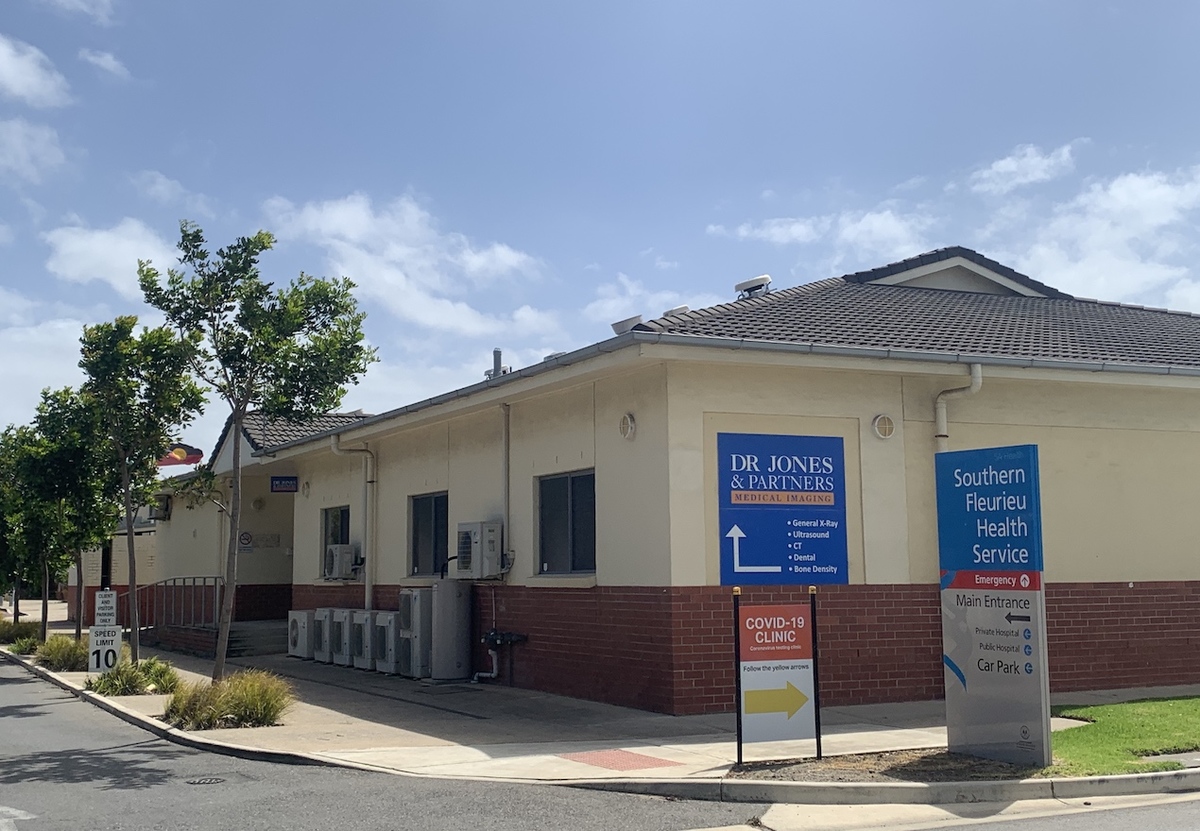More GPs needed for KI and Fleurieu
Caroline Horn
14 July 2021, 3:34 AM
 The Southern Fleurieu Health Service is one of many local health providers trying to recruit GPs.
The Southern Fleurieu Health Service is one of many local health providers trying to recruit GPs.The Rural Doctors Association of South Australia (RDASA) has slammed the South Australian Department of Health, saying its attitude to services provided by rural GPs to local hospitals makes it “impossible to attract and retain GPs and GPs in training”.
The Fleurieu and Kangaroo Island regions, despite their proximity to Adelaide, have for many years struggled to attract doctors.
Doctors on Kangaroo Island and at Murray Bridge and Strathalbyn still provide emergency and on-call medical services to their local hospitals after hours.
The Rural Doctors Workforce agency currently has multiple vacancies for GPs at Kingscote as well as positions advertised at Goolwa, Middleton, Strathalbyn, Murray Bridge and Mount Barker.
The Southern Fleurieu Health Service is also advertising multiple positions for GPs at Victor Harbor’s South Coast Hospital with full time renumeration of $467 627 to $526 092.
The RDASA and the Australian Medical Association of SA says they have been engaging for months with the government to “develop a comprehensive, long-term agreement for rural GPs who, in addition to their general practice work in primary care, are contracted by their local public hospitals to perform essential services such as staffing emergency departments; providing critical inpatient, surgical and post-operative care; and supporting obstetrics patients.”
The doctors say they recently received a response from the Department for Health and Wellbeing’s Rural Support Services (RSS) and the regional Local Health Networks that is “unacceptable and deeply inadequate’.
AMA(SA) Vice President and Port Lincoln general practitioner Dr John Williams said that after months of engagement with RSS, the AMA(SA) and RDASA, “had expected a reasonable and workable response from the RSS to our responsible offer”.
“Our offer was designed by rural GPs to acknowledge our work, inject new life into the shrinking rural GP workforce and support country communities through their rural hospitals,” Dr Williams said.
“What we received has led to complete despair and frustration among rural doctors.”
RDASA President and Murray Bridge GP Dr Peter Rischbieth says the doctors’ suggestions were aimed at fixing a crisis that had, for many rural South Australian communities in the past 10 years, ‘seen their emergency departments on bypass, their maternity units close and a mass exodus of highly skilled GPs from regional South Australia.”
“Many practices are crying out for more GPs to support their primary care clinics and to also provide services at their local hospitals,’ Dr Rischbieth said.
“We recommended to RSS a package that would reflect the care and expertise GPs provide and create an attractive environment for younger doctors looking to commit to regional South Australia, now and in the future.’
Dr Rischbieth said GPs had been working on a day-to-day basis at rural hospitals since their hospital contracts expired in November.
“GPs have done this expecting their continued willingness to work tirelessly for their patients and communities – despite not having a new deal in place – would eventually be recognised by RSS. But this response is a slap in the face, for rural doctors and the communities they work for,’ Dr Rischbieth said.
“The RSS response also highlights the ineffectiveness of the decentralised model that has six Local Health Care Networks responsible for implementing State Government policy. It demonstrates a clear absence of LHN accountability, coordination, efficiency and collaboration.”
Dr Rischbieth said there had been a large decrease in the number of GP registrars (GPs in training) applying for rural placements, from 72 in 2021 to 26 for placements in 2022.
“The only way to fix this decline is to ensure rural medicine is and will be attractive to the next generation of doctors,” Dr Rischbieth said.
“A country town without well-trained GPs, nurses and allied health workers, and a viable local hospital, risks losing the families who want local health services, the businesses they own and the workforce they employ, with massive impacts on our regions and their economies.”
In Adelaide there is generally one GP for every 900 people.
In rural areas the average is one GP for every 1200 residents.